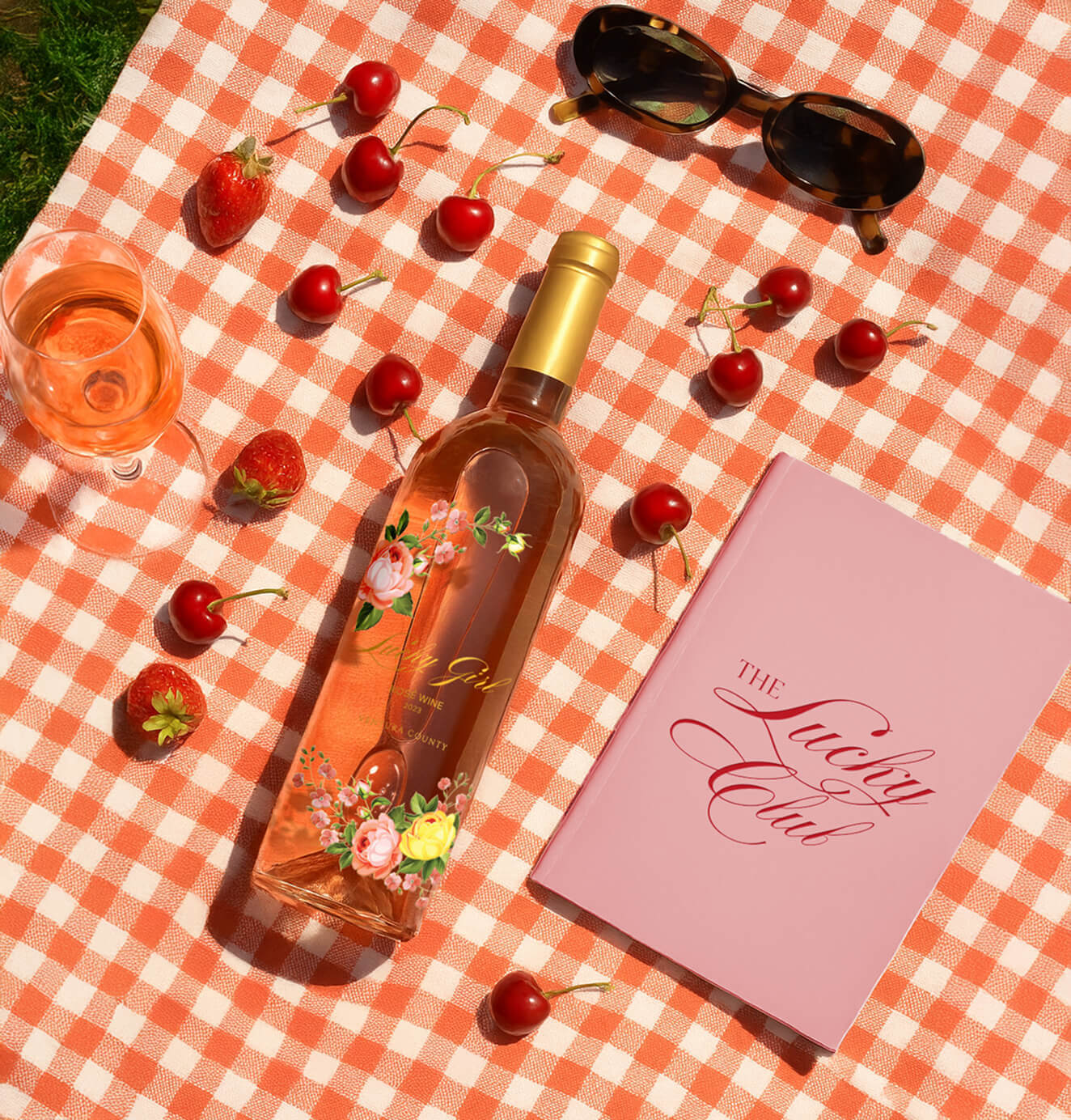Choosing the Right E-commerce Platform for Your Online Wine Store: Commerce 7 VS WineHub
01/23/2025
E Commerce
Compare Commerce7 and WineHub to find the best e-commerce platform for your online wine store.

When venturing into the online wine market, selecting the right e-commerce platform is crucial for success. With numerous options available, it can be challenging to discern which platform will best suit your business’s unique needs.
.png)


Choosing the Right E-commerce Platform for Your Online Wine Store: Commerce 7 VS WineHub



Today, we’ll dive into a detailed comparison between two leading platforms in the wine e-commerce space: Commerce 7 and Winehub.
At The Branded Agency, we’ve equipped several companies, including Casa Locé and Lucky Girl Rosé, with the tools they need to launch successful online wine stores using both platforms.
Whether you’re integrating Commerce 7 with WordPress or setting up a shop directly on Shopify using the Winehub app, our experience spans a broad spectrum of implementations that can help boost sales through enhanced customer engagement and personalized marketing.
For those looking to deepen their understanding of launching and branding wine businesses online, we invite you to explore our other resources.
Whether you’re creating a brand from scratch with Creating My Own Wine Brand, defining your Brand Identity Strategies for Wineries, or optimizing your sales strategy in How to Sell Wine Online, we have a wealth of information to help guide your journey.
In this post, we’ll compare the key features, integration capabilities, pricing, and overall user experiences of Commerce 7 and Winehub, providing you with the insights you need to make an informed decision.
Platform Overviews: Commerce 7 vs. Winehub Wine Ecommerce Platform
When launching an online wine store, the choice of platform can significantly impact both your operational efficiency and customer experience.
Here, we’ll provide an overview of two leading solutions: Commerce 7 and Winehub, highlighting their primary features and how they cater to the needs of wine sellers and wine brands.
Commerce 7 Overview
Commerce 7 is designed specifically for the wine industry, offering a robust suite of tools tailored to manage the unique aspects of wine sales, memberships, and inventory management.
Key features include:
- Point of Sale (POS) System: Integrates seamlessly with both online and physical store sales, providing a unified sales experience.
- Clubs and Subscriptions Management: Comprehensive tools for managing wine clubs and subscription services, allowing for customized member experiences.
- Customer Relationship Management (CRM): Built-in CRM capabilities to track customer preferences, purchase history, and engagement, while aggregating valuable customer data to enhance brand awareness and add value to customers.
- Reservations System: Ideal for wineries that offer tastings and tours, this feature helps manage bookings directly through the platform.
Commerce 7 is favored for its deep integration capabilities with various website builders, notably WordPress, making it a versatile choice for wineries that prioritize direct sales and customer relationship management.
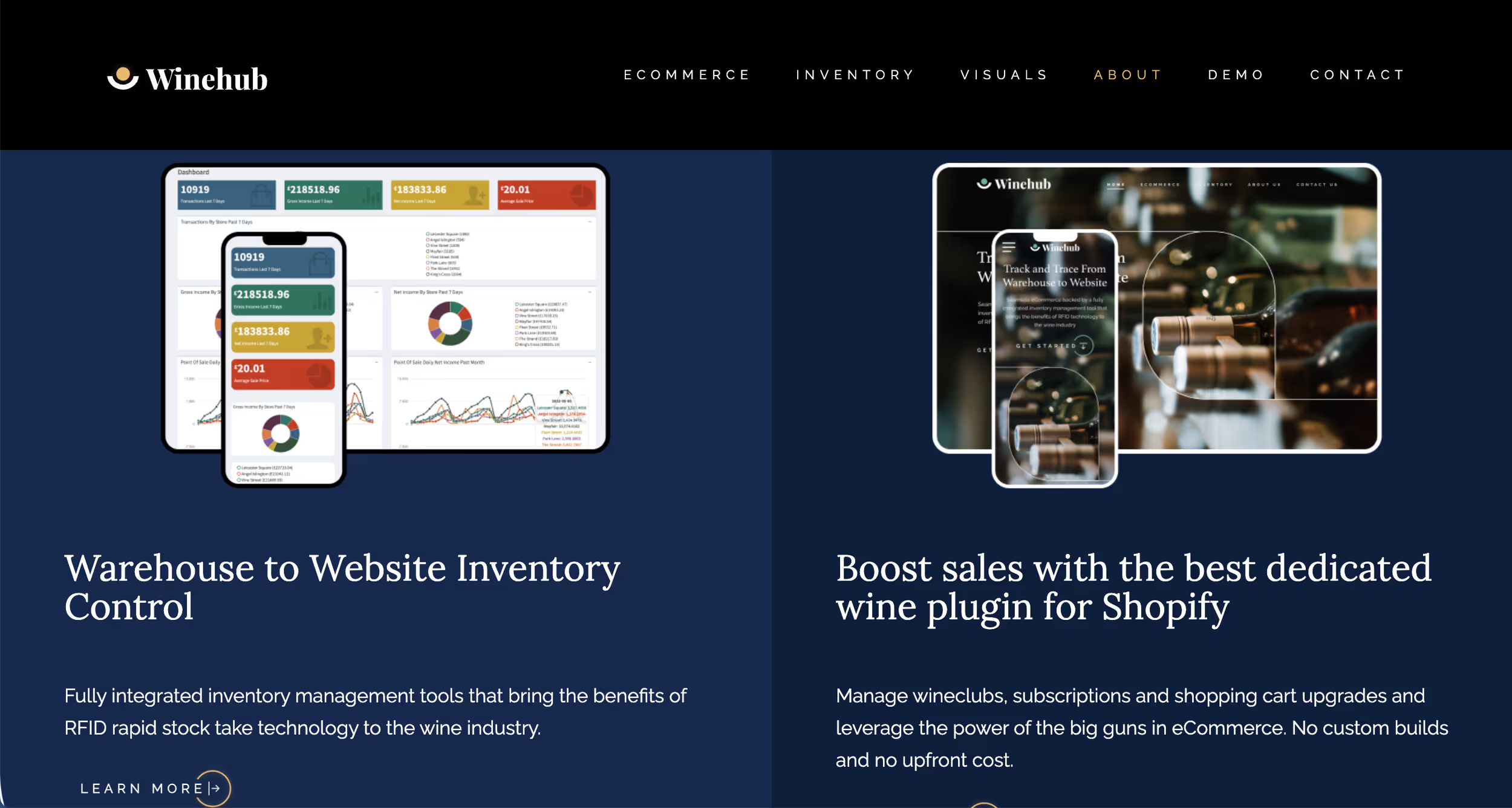
Winehub Overview
Winehub, on the other hand, excels in seamlessly integrating with Shopify, one of the world’s leading e-commerce platforms. This makes it an excellent choice for wineries looking to leverage Shopify’s extensive e-commerce features.
Winehub’s highlights include:
- Shopify Integration: Leverages the robust e-commerce environment of Shopify, offering tools specifically adapted for wine sales.
- Inventory and Customer Management: Advanced features that are fine-t tuned for the specific needs of wine distributors and retailers.
- Marketing and Sales Tools: Integrates with Shopify’s powerful marketing and SEO tools, helping wineries expand their reach and streamline operations.
- Sales Channels Integration: Facilitates the integration of various sales channels, both online and offline, for effective business management and improved sales performance.
Winehub is particularly beneficial for wine businesses that are already familiar with Shopify or those looking for an e-commerce platform that can scale effortlessly with their growth.
Both platforms offer unique advantages depending on your business model, technical preferences, and growth aspirations. The subsequent sections will delve deeper into comparing these platforms based on features, integration, pricing, and user experience to help you decide which platform best suits your business needs.
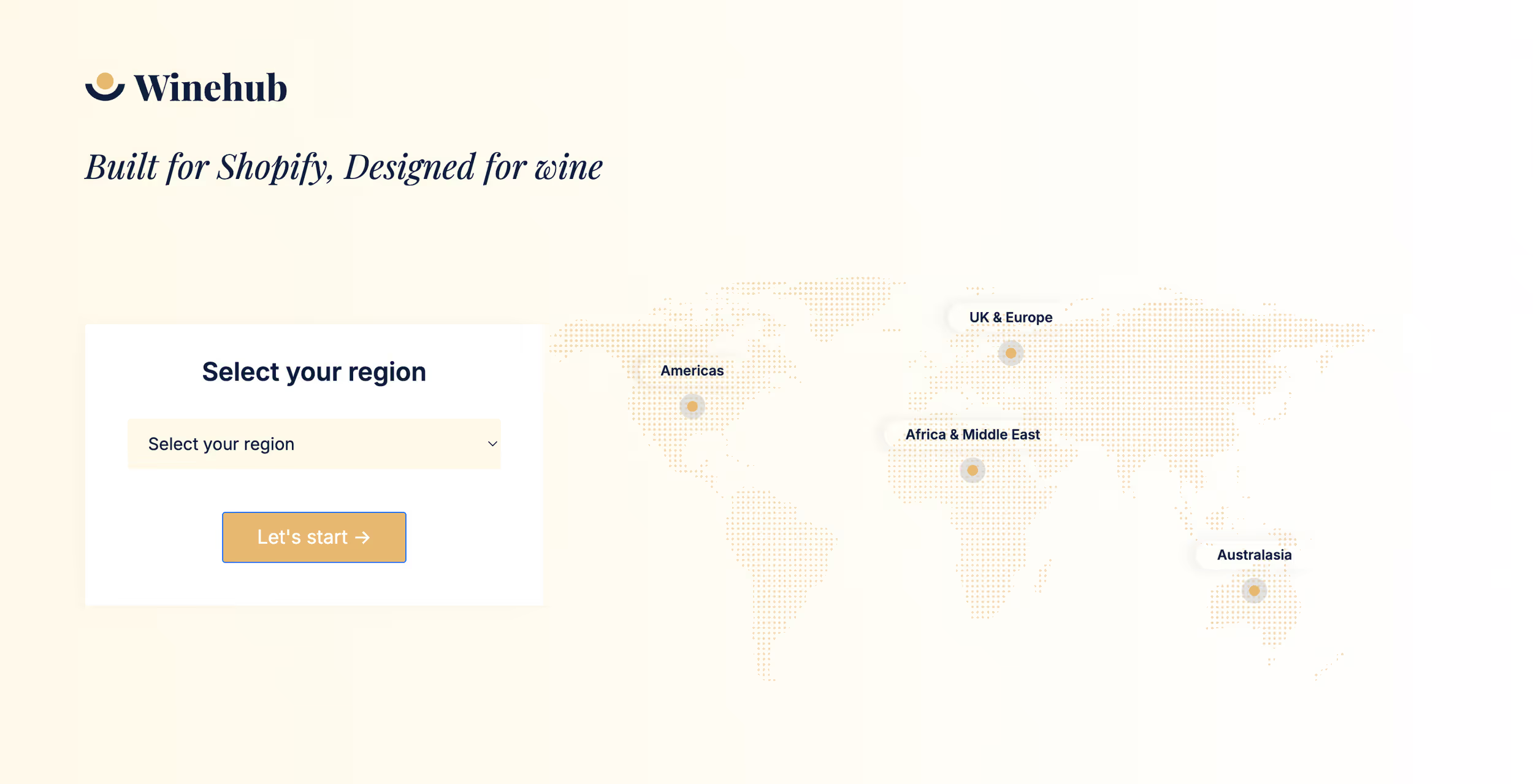
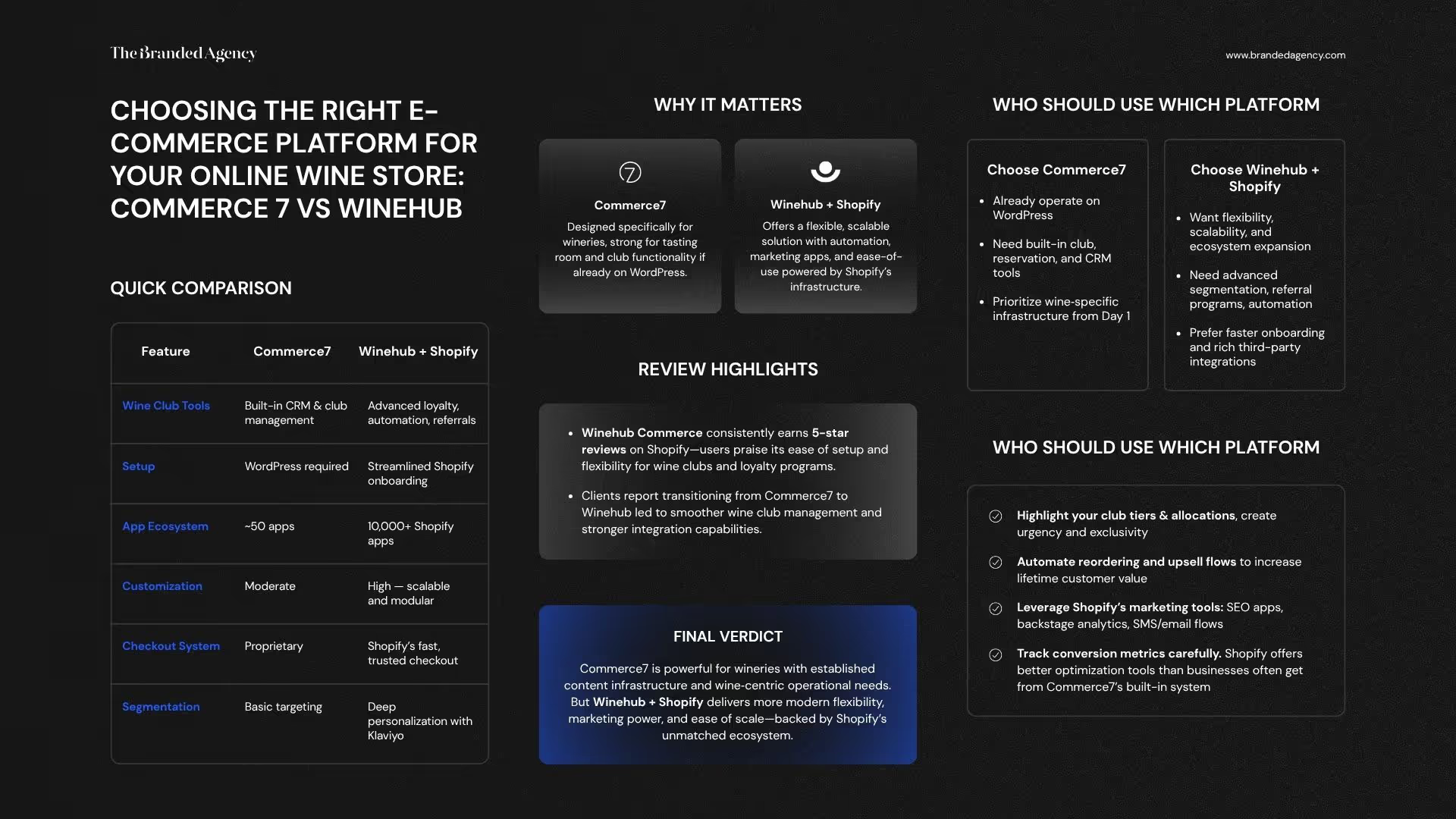
Integration and Compatibility: Commerce 7 vs. Winehub for your online store












The ease with which an e-commerce platform can integrate into your existing digital environment is a critical factor for wineries that already have a web presence or are planning to build one. Both Commerce 7 and Winehub offer different levels of integration flexibility, compatibility with other systems, and user experience design that can influence your operational efficiency and brand presentation. The enhanced solution empowers wineries by streamlining their fulfillment processes and improving customer experiences, making it a crucial tool for optimizing operations in a competitive e-commerce environment.
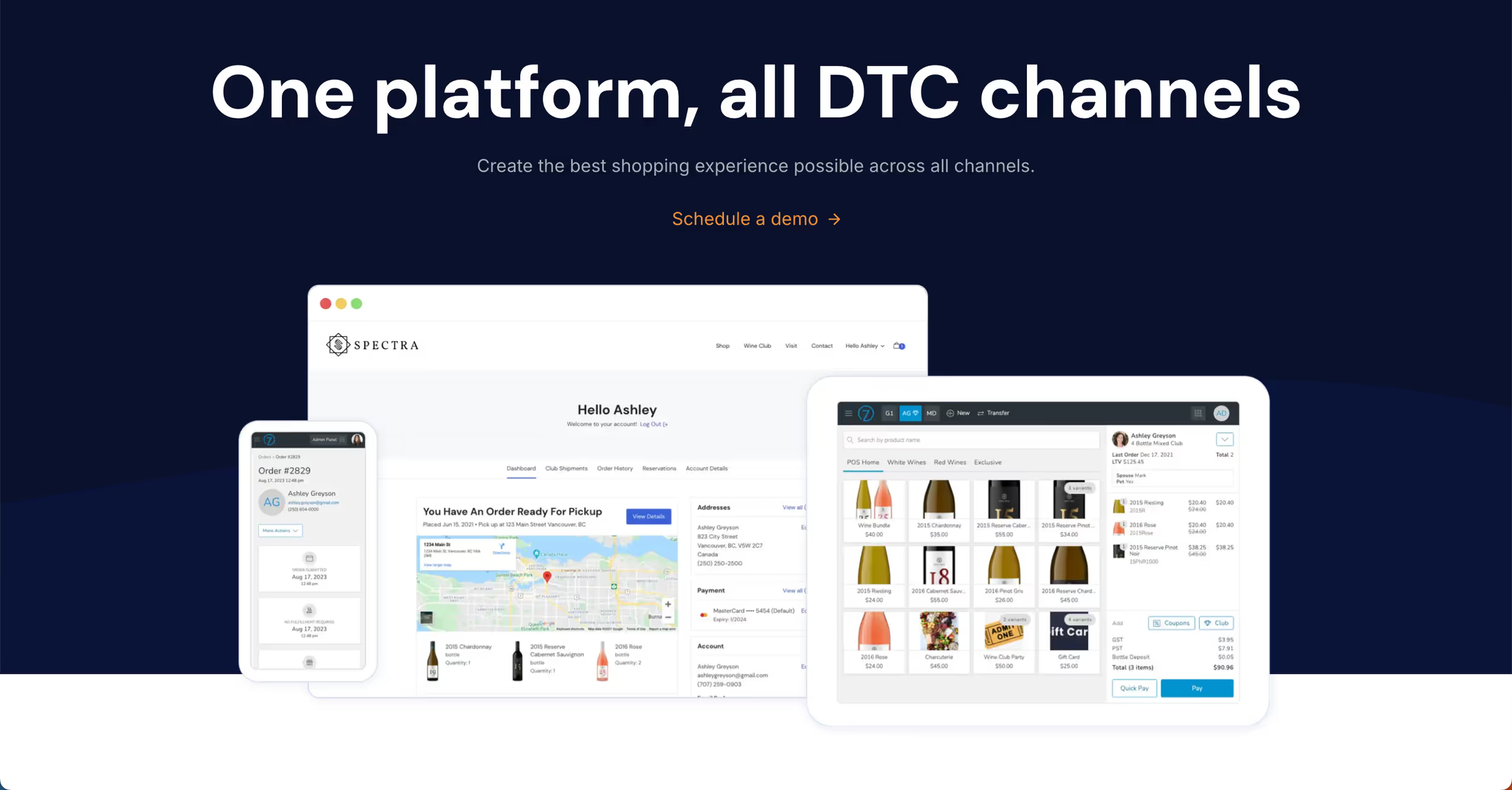
Commerce 7 Integration Features:
- Website Compatibility: Commerce 7 is designed to work seamlessly with a variety of website builders, but it is particularly well-integrated with WordPress, allowing for extensive customization and control over the user experience.
- Third-Party App Integration: It supports a wide range of integrations with third-party apps for marketing, CRM, and analytics, including popular tools like Mailchimp and Google Analytics. This allows wineries to extend functionality and tailor the platform to their specific needs.
- API Access: Commerce 7 provides robust API access, enabling further customization and integration with custom-developed applications or external systems, making it highly adaptable for businesses with unique requirements.
- Digital Payment Solutions: Commerce 7 supports various digital payment solutions, including Apple Pay, which enhances the overall user experience by providing streamlined and efficient checkout processes. Integrating Apple Pay can make online shopping more convenient for customers.

Winehub Integration Features:
- Shopify Platform: Winehub is built to integrate seamlessly with Shopify, benefiting from its powerful e-commerce features and extensive app marketplace. This integration allows wineries to leverage the full range of Shopify’s capabilities, including advanced e-commerce analytics, payment processing, inventory management, and direct to consumer sales. By utilizing Shopify, wineries can enhance their direct-to-consumer sales strategies, creating exceptional customer experiences and fostering brand loyalty.
- Ecosystem Support: By operating within the Shopify ecosystem, Winehub users have access to countless Shopify apps that can enhance functionality in areas like SEO, marketing, and customer loyalty programs.
- Ease of Use: The combination of Winehub and Shopify is designed for ease of use, making it straightforward for wineries to set up and manage their online store without needing extensive technical skills.
User Experience Design: Customer Loyalty
- Commerce 7: Offers a more tailored experience for wine sales, focusing on features that are specific to the wine industry such as wine club management and reservations for tastings and events. The user interface is designed to cater specifically to wineries’ needs, which can enhance the customer’s shopping experience by addressing the unique aspects of buying wine online. Additionally, it helps manage customer experiences in the tasting room by streamlining operations and improving service, making it easier for staff to track multiple orders and provide a seamless experience.
- Winehub: While using Shopify’s user-friendly interface, Winehub provides a simplified user experience that might lack some of the wine-specific customizations available in Commerce 7 but benefits from Shopify’s streamlined, tested, and optimized e-commerce environment.
Want to learn more about brand platforms, Brand Strategy and Brand Identity? Keep reading!
If you need help with your companies brand strategy and identity, contact us for a free custom quote.
Choosing the Right Fit: Direct to Consumer Sales for online wine sales

When deciding between Commerce 7 and Winehub, consider the existing tools and systems your wine business currently uses or plans to use. If your winery already uses WordPress and requires detailed customization and control over every aspect of the online experience, Commerce 7 might be the better choice. However, if you are looking for a straightforward setup with extensive scalability and access to a wide range of additional e-commerce features through Shopify, Winehub could be the optimal solution.
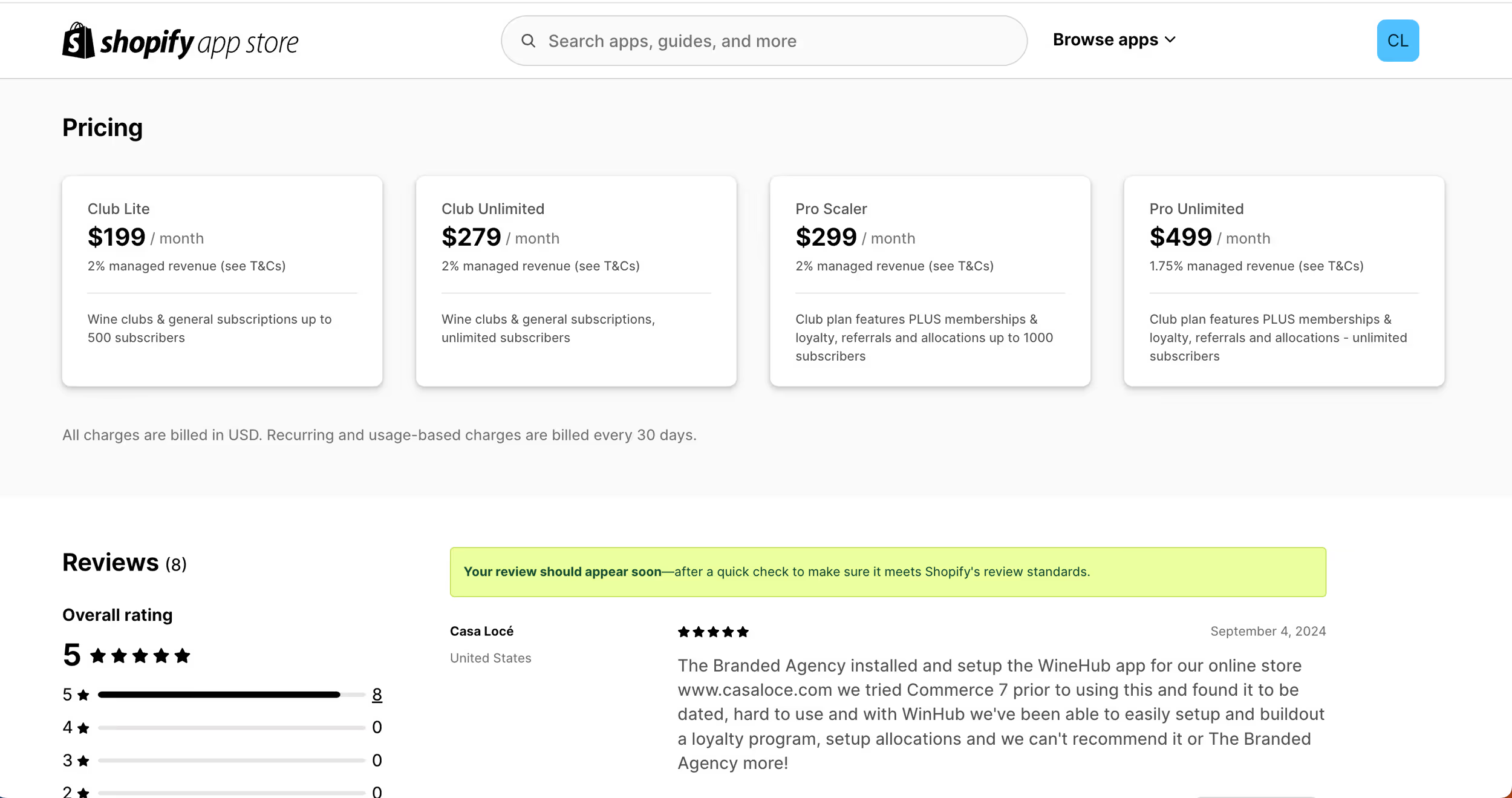
Pricing and Value: Commerce 7 vs. Winehub Pricing and Value
Choosing between Commerce 7 and Winehub also involves understanding their pricing structures, which can affect your budget and the overall cost-effectiveness of your wine e-commerce operations, especially considering that only a fraction of wineries currently maximize their online sales potential. Let’s explore how each platform structures its costs and what value you can expect in return for your investment.
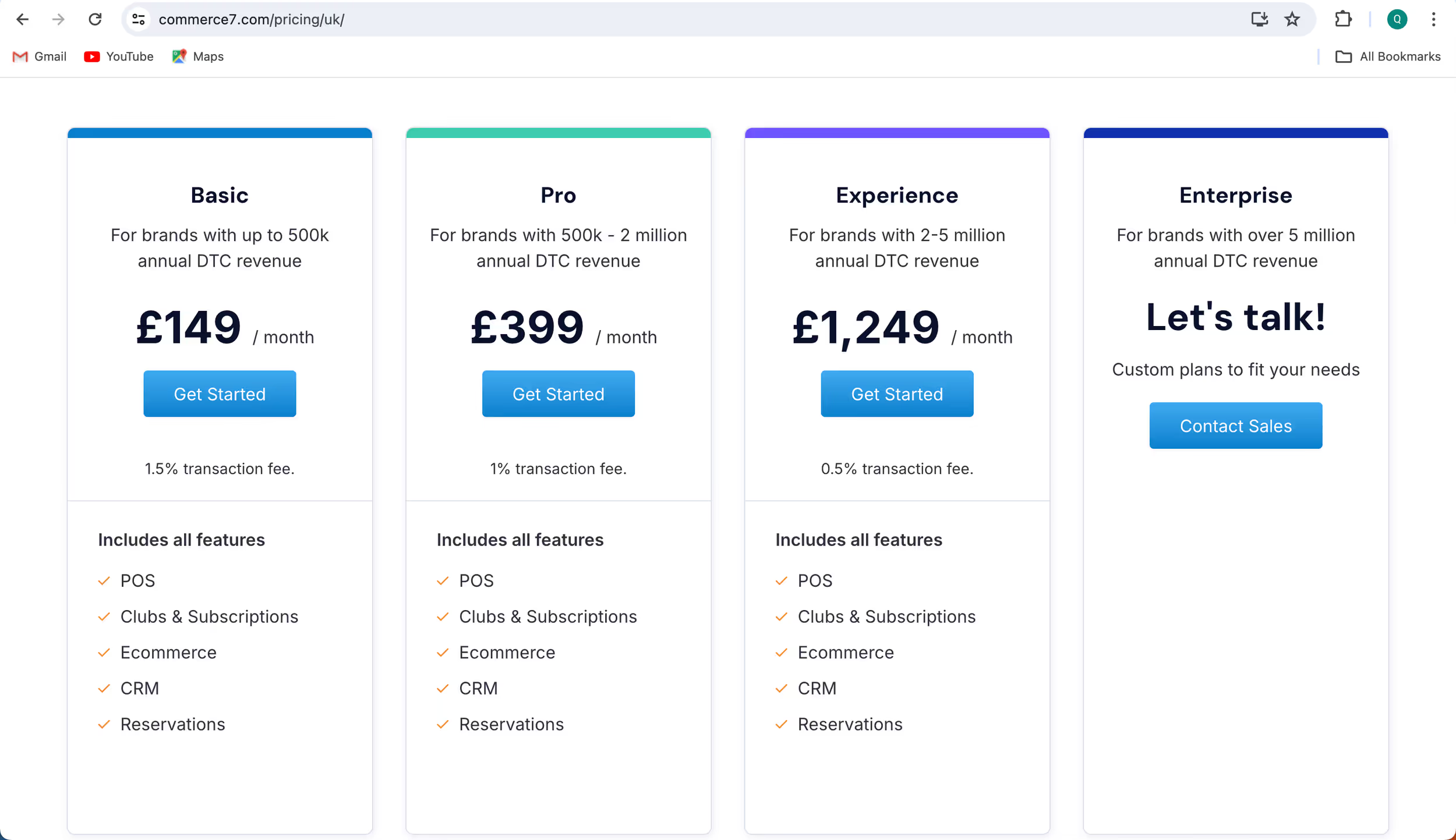
Commerce 7 Pricing:
- Subscription Fees: Commerce 7 operates on a subscription basis, where fees are typically tiered based on the level of features and support you require. This can range from basic setups suitable for smaller wineries to more advanced configurations for larger operations. Understanding the value of e-commerce is crucial, especially for wineries that have relied on historically in person purchases. Transitioning to an online platform can open new revenue streams and customer bases.
- Transaction Fees: Besides monthly or annual subscription fees, Commerce 7 may charge transaction fees, which are a percentage of the sales you make through the platform. These fees are generally in line with industry standards but can accumulate significantly depending on your sales volume.
- Additional Costs: Additional costs may be incurred for integrations with third-party apps, advanced customization, and the use of specialized features like detailed CRM tools or enhanced analytics.

Winehub Pricing:
- Shopify Subscription Requirement: Since Winehub integrates with Shopify, users must also subscribe to Shopify, which has its own pricing tiers. This means you’ll need to consider both Winehub’s fees and Shopify’s fees in your budget.
- Feature-Based Pricing: Winehub’s pricing may vary depending on the specific features you use. For example, managing higher numbers of SKUs or accessing premium marketing tools can increase costs.
- Scalability and Long-Term Costs: One of Winehub’s advantages is its scalability thanks to the Shopify platform. Nearly every other industry has successfully leveraged Shopify’s capabilities to reach a global market, and the wine industry can do the same. As your business grows, Shopify’s infrastructure can comfortably support increased traffic and sales without a corresponding spike in operational costs.
Comparing Value for Money:
- Commerce 7: Offers a highly specialized service tailored specifically for wineries, which can justify its cost if you heavily utilize its unique features like wine club management and POS integration. The value here is in the niche focus, which might offer functionalities that generic e-commerce platforms do not provide. Understanding the behavior of willing buyers can help wineries leverage these unique features to attract and retain customers.
- Winehub: The combination of Winehub and Shopify might offer better value for some wineries because of Shopify’s robust, scalable e-commerce environment. If you need a broad range of general e-commerce features in addition to wine-specific functionalities, this combo may offer more bang for your buck.
Making the Choice: How an enhanced solution empowers wineries
When deciding based on pricing, consider your current business size, expected growth, and specific needs for online wine sales:
- Smaller wineries or startups might prefer Winehub for its straightforward pricing and the comprehensive nature of Shopify’s platform.
- Larger wineries or those with specific needs around memberships and subscriptions might find the customizable options of Commerce 7 more cost-effective in the long run, despite potentially higher upfront costs.
The right choice will align with your business model, growth expectations, and the specific features that will most benefit your operations.
Conclusion: Why The Branded Agency Recommends Winehub

After a thorough analysis and comparison of Commerce 7 and Winehub, our preferred choice for an online wine store is WineHub. This preference is based on our extensive experience with both platforms, and the superior user and customer experience that Winehub provides.
Why Winehub Stands Out:
- Seamless Shopify Integration: Winehub's seamless integration with Shopify offers a robust, user-friendly platform that simplifies the e-commerce process. This integration allows wineries to leverage Shopify’s extensive e-commerce functionalities and scalability, making it ideal for businesses anticipating growth.
- Comprehensive E-commerce Features: Thanks to Shopify’s extensive feature set, Winehub users can enjoy advanced e-commerce tools, including diverse payment gateways, extensive marketing and SEO capabilities, and strong analytics that help wineries understand customer behavior and preferences.
- User and Customer Experience: Our clients and their customers consistently report a smoother and more engaging shopping experience on Winehub. The platform’s intuitive design and ease of use enhance customer satisfaction and streamline the purchasing process, contributing to higher sales conversions.
- Cost-Effectiveness: Combining Shopify’s wide range of functionalities with Winehub’s specific features for wineries provides a cost-effective solution that covers all e-commerce needs without the need for extensive custom development.
Making the Right Choice for Your Winery:
While we recommend Winehub for its comprehensive features and ease of use, we recognize that each winery's needs are unique. We encourage wineries to:
- Assess Individual Needs: Consider the specific functionalities your business requires. Commerce 7 might still be the right choice if you need deep customization options or specific tools for managing wine clubs extensively.
- Consider Technical Resources: Evaluate your team’s technical expertise and the level of support you need. Commerce 7 offers specialized support that might be beneficial if you require more guidance.
- Plan for Growth: Think about your long-term growth plans. Winehub, coupled with Shopify, offers scalability that can accommodate rapid business expansion without the need for a significant overhaul.
Stay Updated:
For more insights and personalized consultations on setting up your online wine store, follow The Branded Agency’s blog. We continue to provide up-to-date advice and tips to help elevate your wine business digitally.
Choosing the right e-commerce platform is a critical step in establishing a successful online presence. By making an informed decision, you can create a robust digital storefront that appeals to wine lovers worldwide and supports your business goals. Stay tuned for more from The Branded Agency on navigating the digital landscape in the wine industry.

Sloane Avery
As entrepreneurs, they’ve built and scaled their own ventures from zero to millions. They’ve been in the trenches, navigating the chaos of high-growth phases, making the hard calls, and learning firsthand what actually moves the needle. That’s what makes us different—we don’t just “consult,” we know what it takes because we’ve done it ourselves.
Want to learn more about brand platform?
If you need help with your companies brand strategy and identity, contact us for a free custom quote.
We do great work. And get great results.
+2.3xIncrease in revenue YoY
+126%Increase in repurchase rate YoY

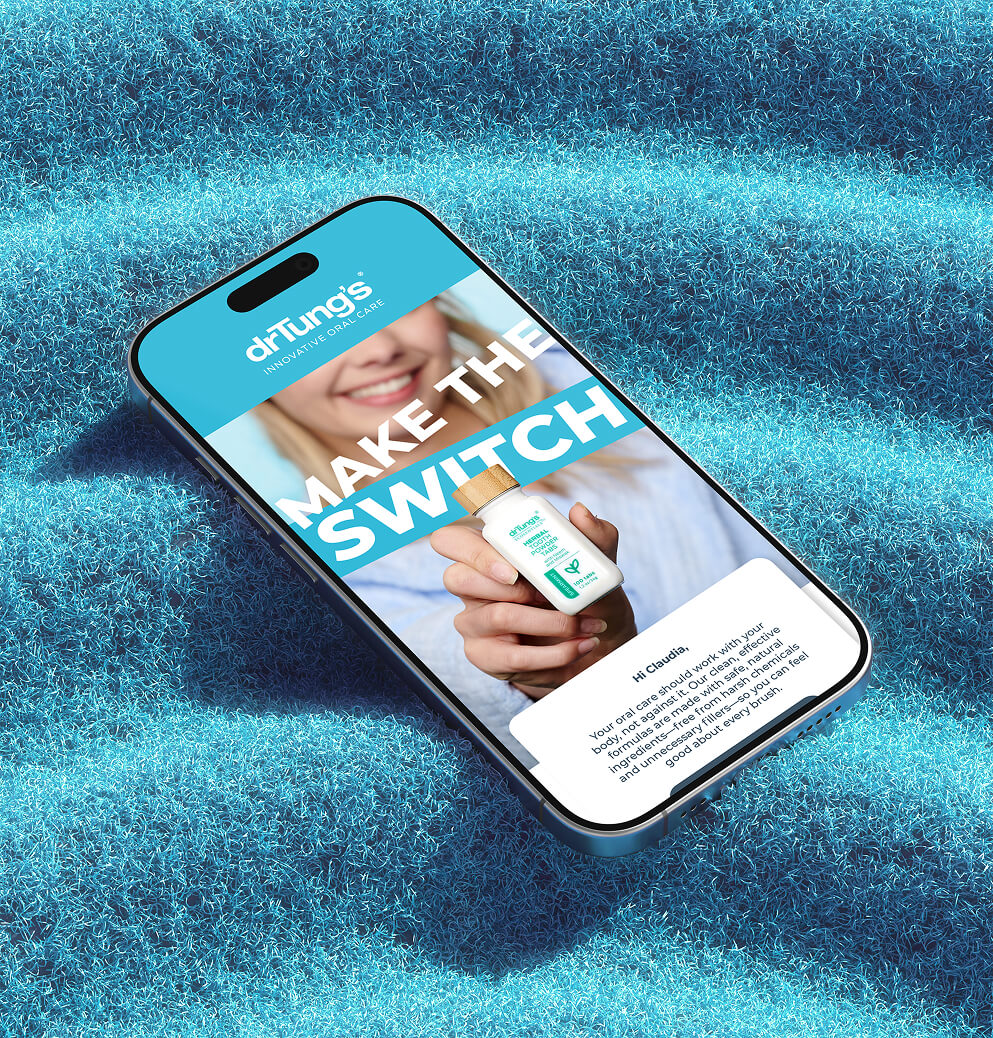

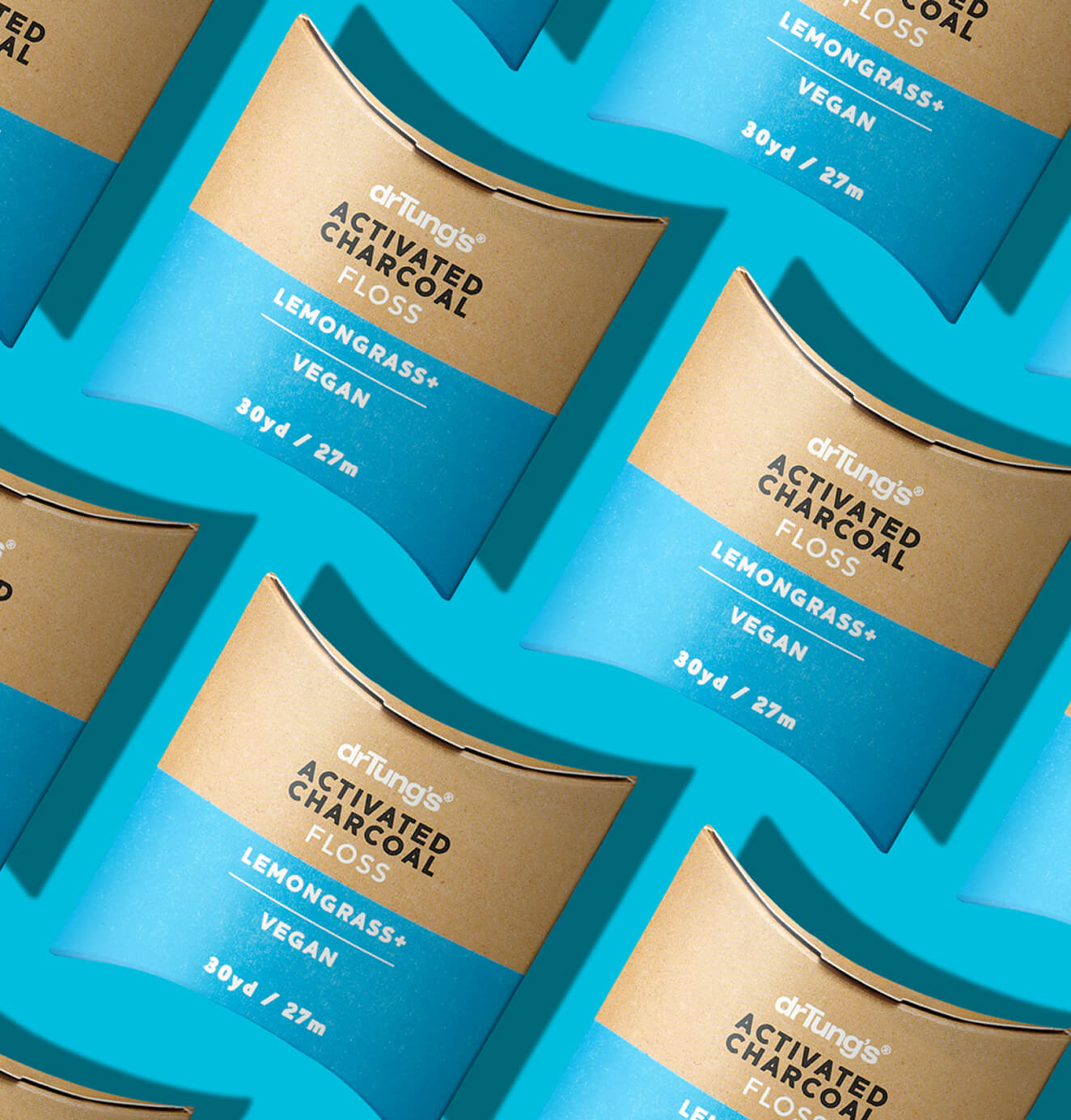




+93%Revenue growth in first 90 days
+144% Increase in attributed revenue


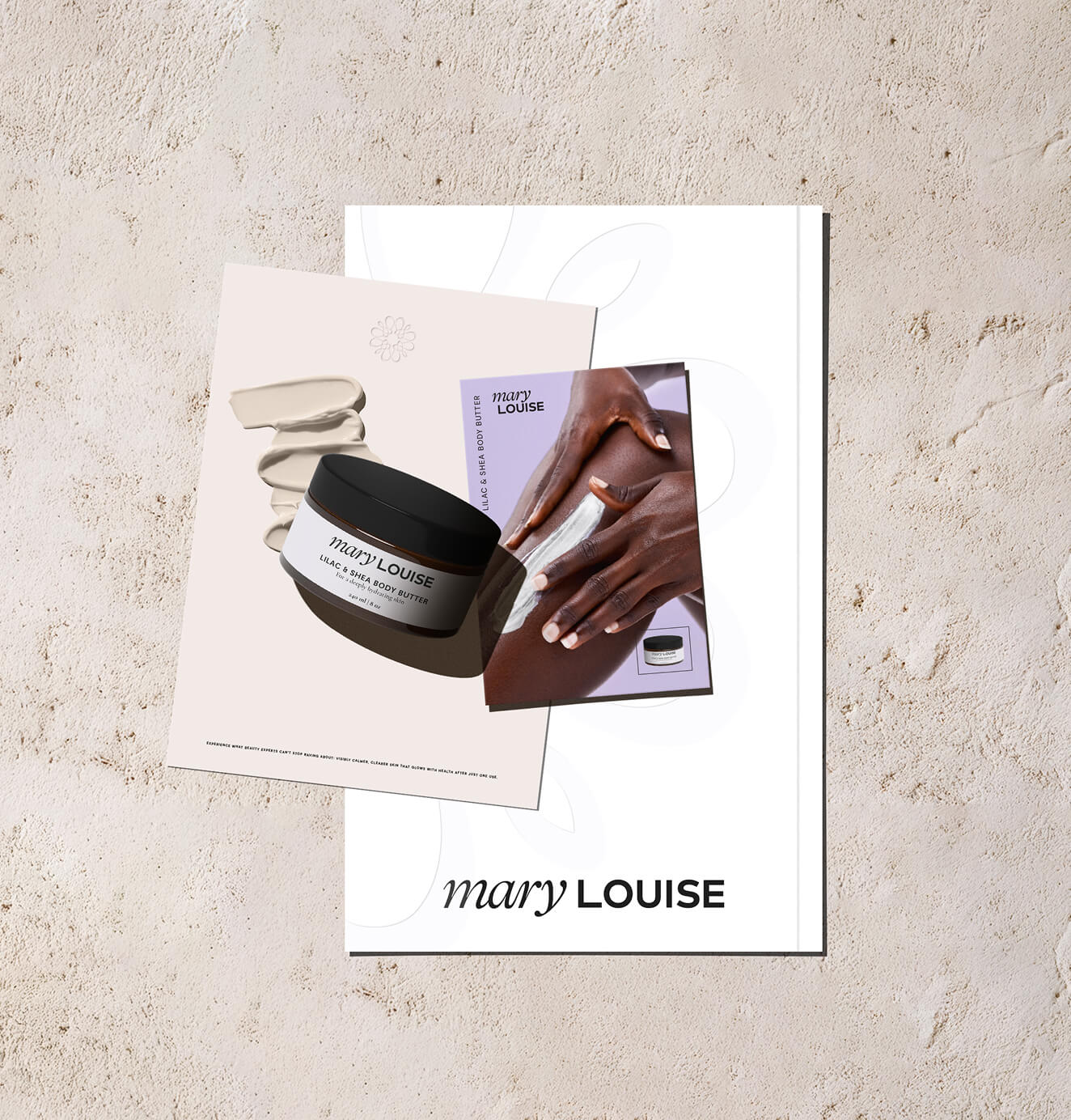
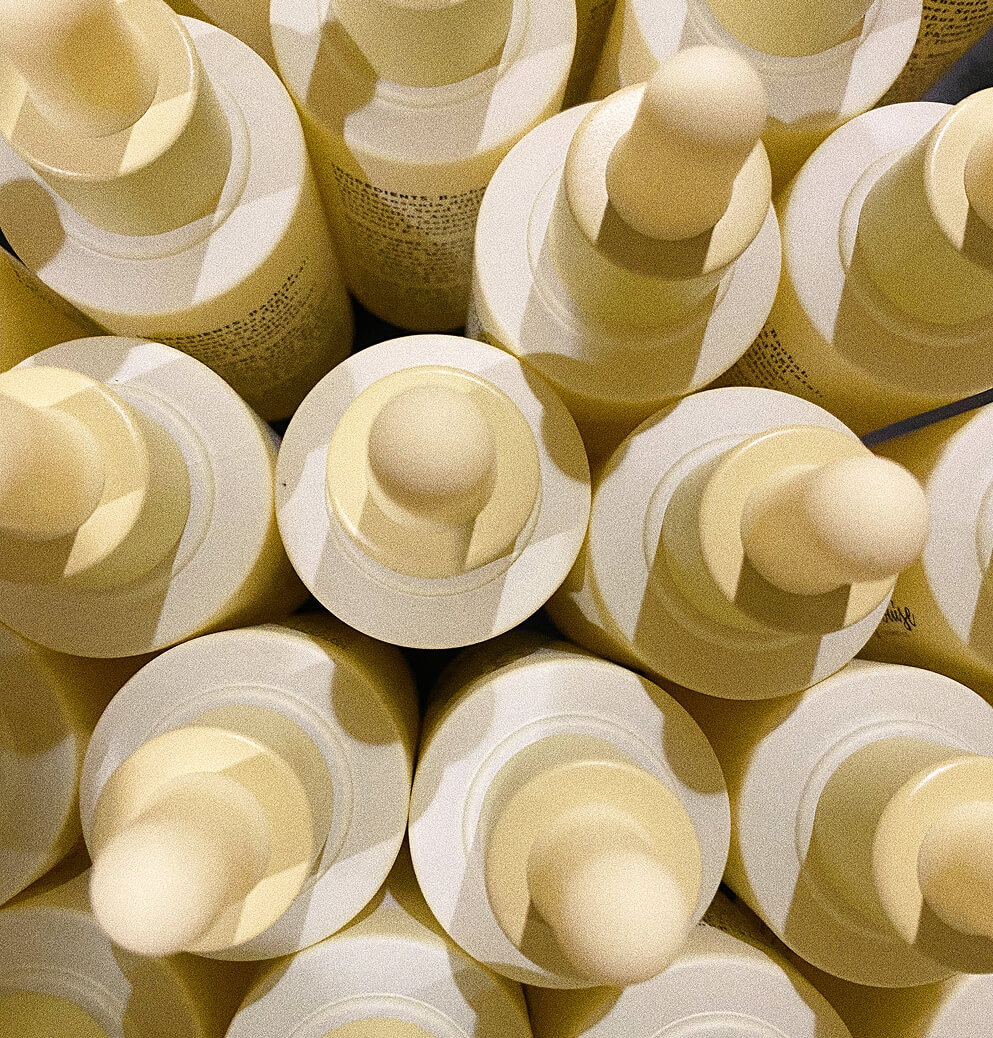




+91%Increase in conversion rate
+46%Increase in AOV

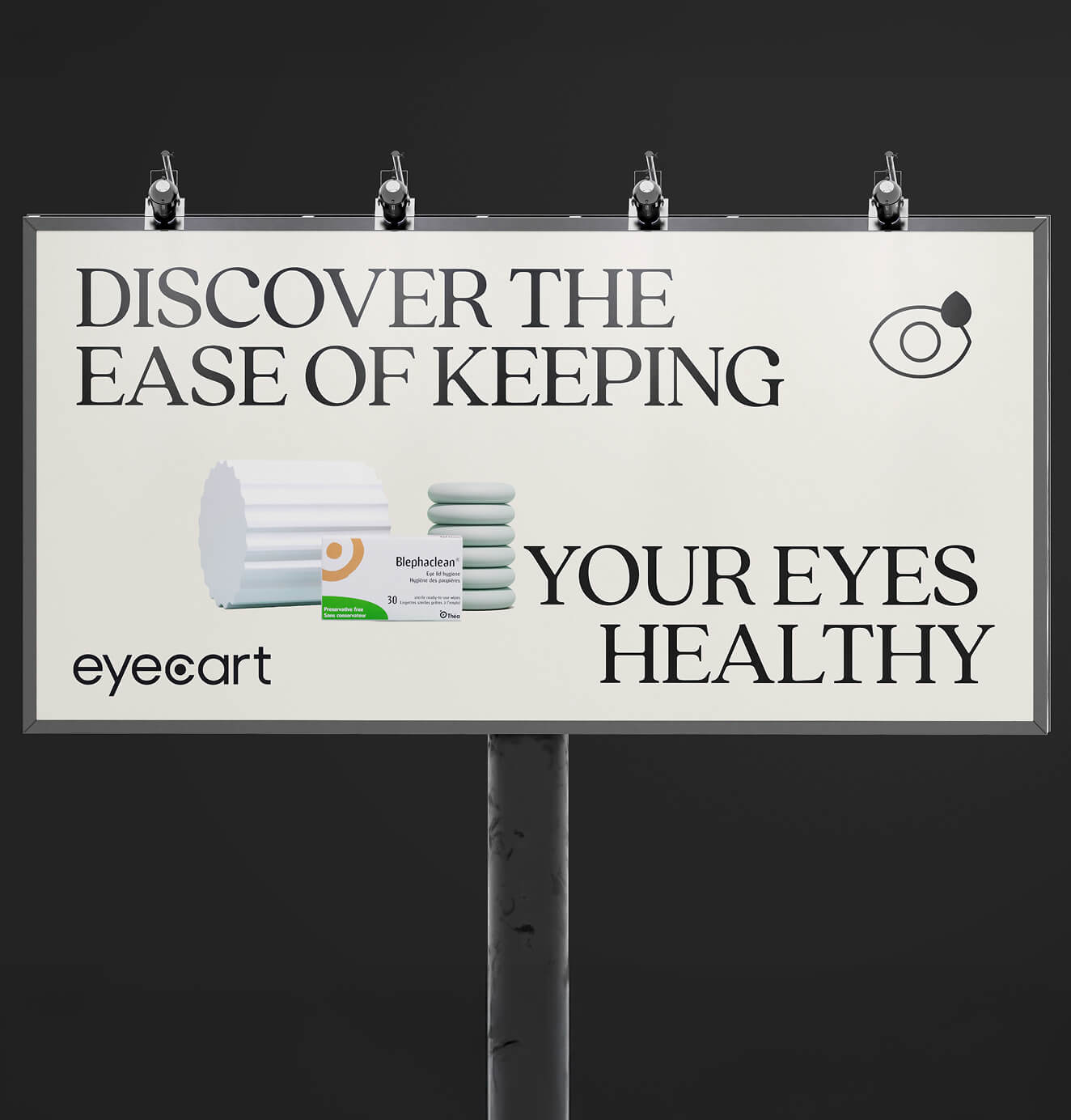
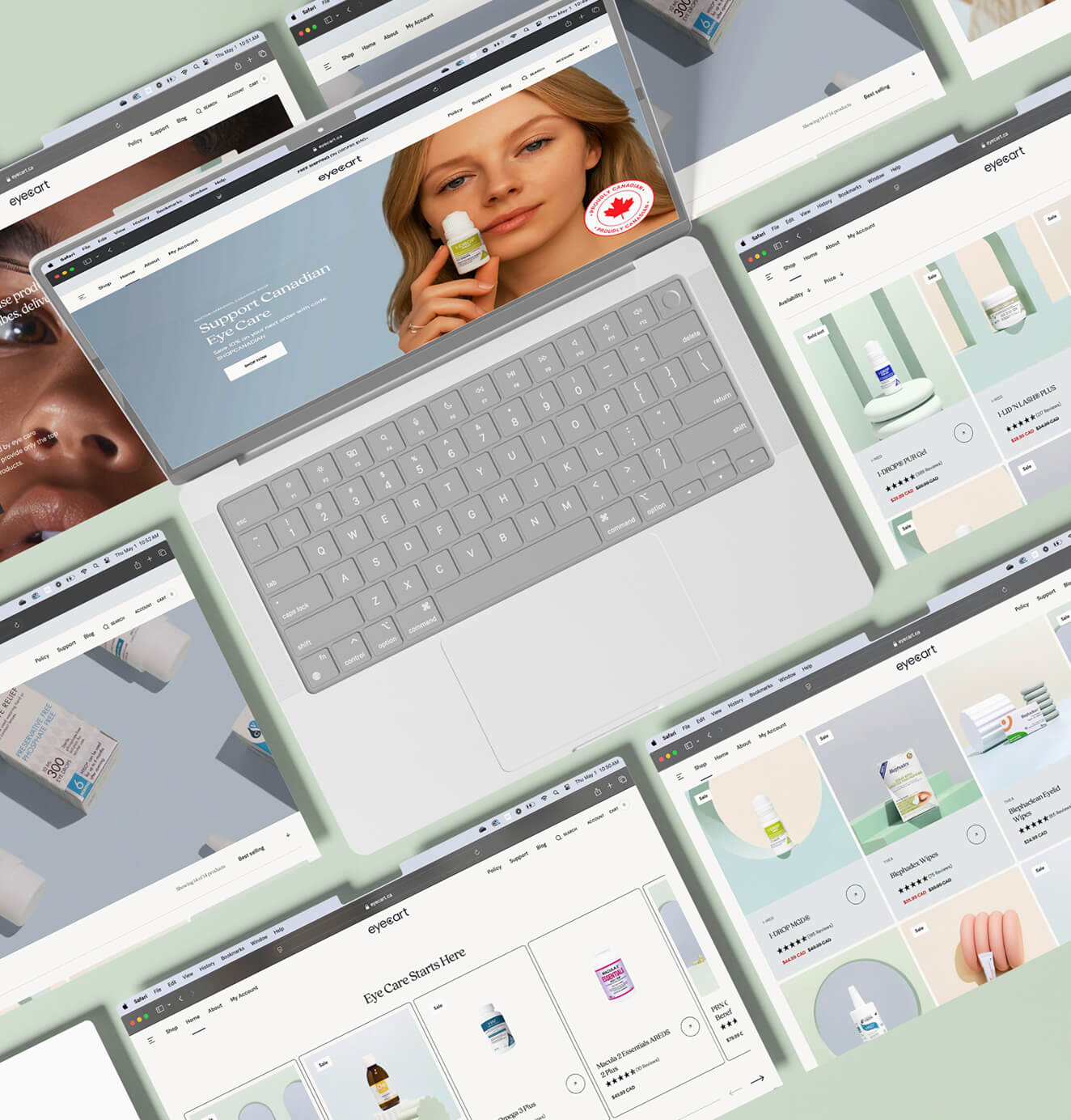





+200%Increase in conversion rate
+688%Increase in attributed revenue

